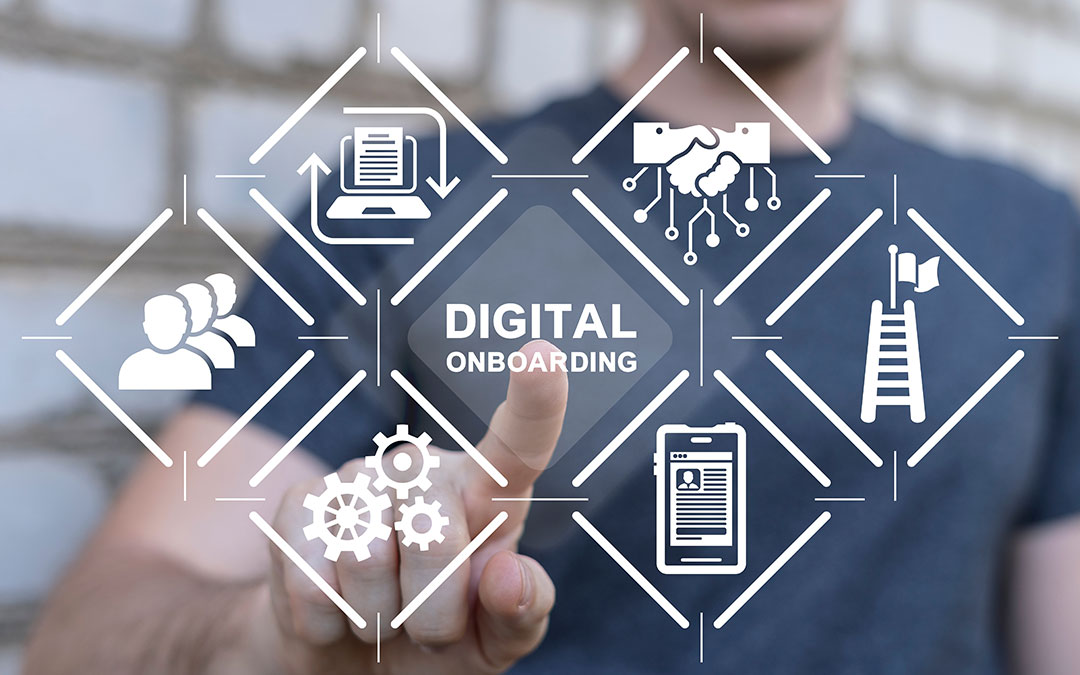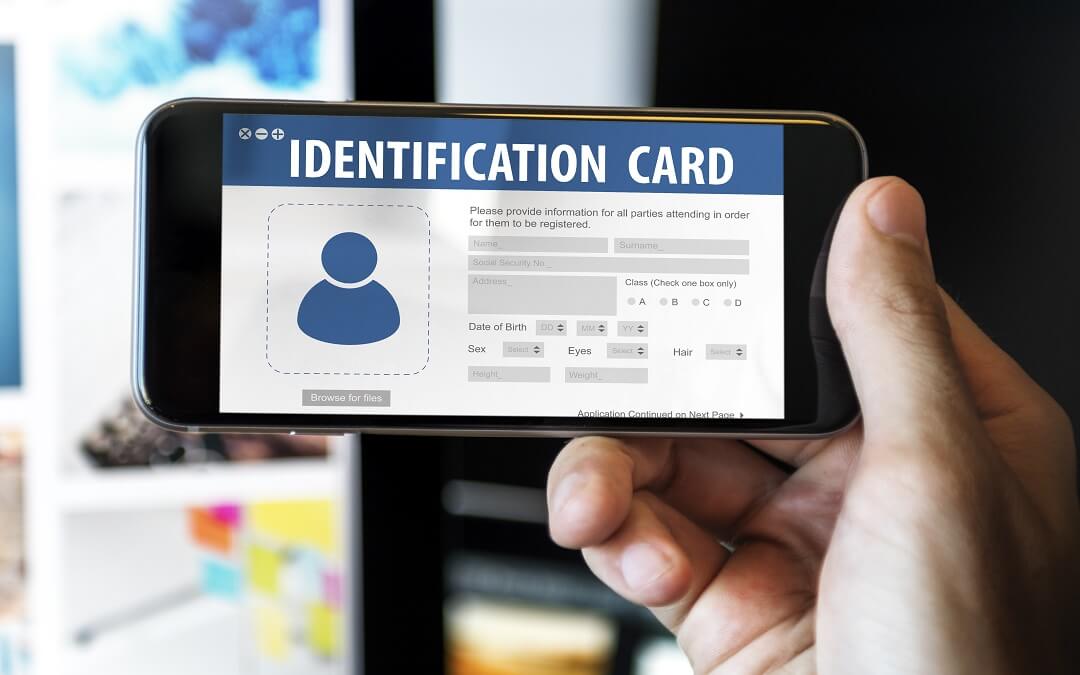- Technology
- Uploaded In: 2024
The growing importance of Digital Onboarding in Governments
While Digital Onboarding elevates the applicant experience, enhances efficiency, and improves the overall processing timelines, many Government entities need to relook at their current technological solutions in securely establishing digital identities and tackle the overall perception challenges they currently face from citizens and residents.
According to the World Bank’s ID4D report, 850 million people in the world lack any form of identification. While the gap has been closing from an estimated 1 billion in 2018, the onus is on Government entities to not only offer a secure and smart solution that captures an individual’s identity but also ensure it is effective in terms of inclusivity and trust.
With the prevalent brick-and-mortar setup that most Governments rely on to provide services to their citizens or resident, the key challenge most of them encounter is the time spent in queues, the long wait encountered for the manual data intake, and most importantly if there are any missing or incomplete documentation then they must leave and start the process from scratch. Moreover, the current processes in place entail a significant risk of data error as they may capture a limited amount of information. The manual process also involves challenges like misinterpreting handwritten forms, the possibility of document mix-ups, and a major possibility of fraud. The data collected will then need to be converted to an electronic format which could encounter the possibility of errors which can impact the analytics platform’s decision-making. Even the digital sign-up solutions face similar challenges like longer time to complete the process as a result of additional steps or manual entry or even repetition of information at multiple stages. Documentation challenges and difficulties around confirming the proof of identity are other issues that are commonly encountered. As a result, many citizens end up turning their backs on Government services unless it becomes mandatorily enforced. With most Government entities already grappling with the concern of low citizen/resident confidence in using these services, the need of the hour is implementing solutions like Artificial Intelligence amidst greater security measures.
Greater use of technology for onboarding in Government sector
A survey by conducted by Sapio Research on behalf of ABBYY indicated that 45 per cent of IT decision-makers in the government sector intend to implement sophisticated technology to streamline and modify their current onboarding processes.
Many of them indicated that process intelligence along with intelligent document processing and mobile capture would dramatically improve overall customer experience by up to 43 per cent.
Digital onboarding a secure means to prove identity
A secure process that establishes the true identity of an individual, Digital Onboarding is done via online or mobile applications. This entails clearing a series of factors to prove the individual’s identity using digital means like passwords, security questions, and biometrics. By not only attributing a secure and verified digital identity to an individual, but the solution also ensures this can be used repeatedly in future by eliminating the risk of duplication. Moreover, it offers Government entities data with greater accuracy in developing strategies but also improves their decision-making. With greater adoption of DIY (Do It Yourself) technology and contactless/self-service solution, several citizens or residents would prefer such a secure and smarter solution instead of visiting an office and queuing up.
Enhancing overall processes with better data.
The data captured as part of the digital onboarding process not only improves the existing process flow but it enhances operational efficiencies. A self-service digital onboarding solution ensures process mining and addresses key concerns like average processing times, number of attempts or other similar challenges by identifying any deviations at each stage with data coming in real-time. Not only does this improvise the actual onboarding process, but any inefficiencies or bottlenecks can also be identified immediately and removed, thereby ensuring a more efficient use of Government resources that offers an enhanced customer experience.
Reducing the risk of fraud or duplication
As proof of identity has become a major roadblock for citizens signing up for government services, it is important to incorporate AI into the onboarding process. Not only does it enhance the security aspect, but it also immediately identifies any fraudulent activity right on the spot. With the rampant use of fraudulent or forged IDs being used to gain digital access to government services, Digital Onboarding effectively addresses the challenge of identifying any such fake or fraudulent accounts or miscreants with the use of AI to detect unique security features for authenticity and doctoring. The use of biometrics instantaneously or with real-time face capture ensures there’s an individual who syncs with the photo on their ID card.
On the other hand, some individuals prefer human intervention as part of the process to validate if their application is correctly submitted or to address their challenges. Therefore, the right mix between human intervention/direct contact and such technological solutions is important in the interim until individuals feel more confident to rely on a completely digital aspect based on their user experience.
At the end of the day, technological solutions like Digital Onboarding play an important role in building trust and proficiency as far as Government services are concerned.
If you have any feedback on this article or would like to reach out to our team to know more, please email us at
communications@vfsglobal.com













